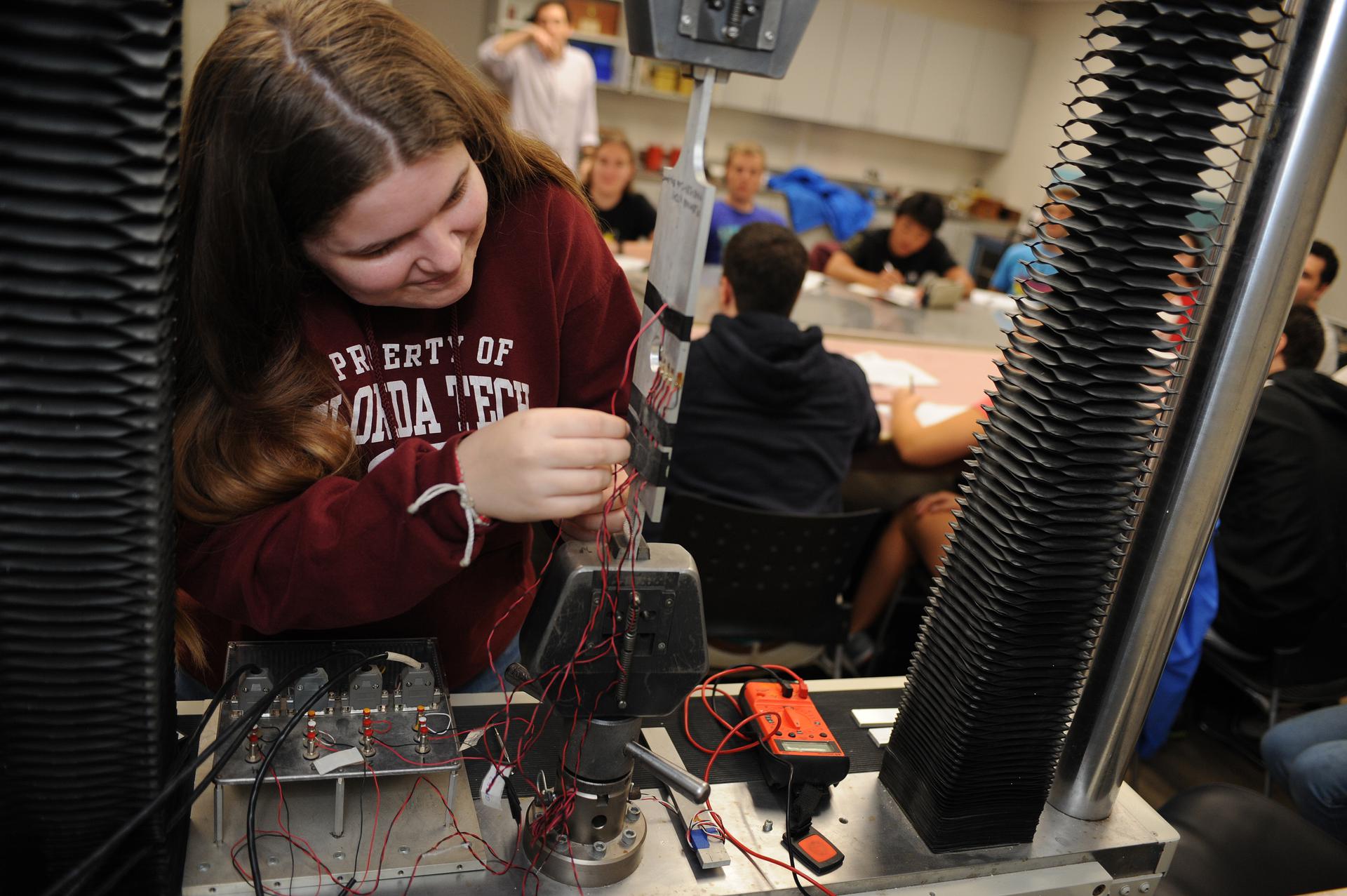Document Type
Article
Publication Title
IOP Conference Series: Materials Science and Engineering
Abstract
We consider the Gibbs-Thomson temperature distribution as an active interface energy field with gradients and fluxes. Capillarity in conventional dendritic growth theories acts only as a passive boundary condition on the transport field that conducts latent heat into the melt to drive the solidification. Instead, we find the vector divergence of capillary-mediated interface fluxes autonomously releases or withdraws energy along a curved solid-liquid interface. Local energy conservation (a Stefan balance) shows that capillary-mediated energy slightly retards, or enhances, the local freezing rate. At special points near the tip where the capillary-mediated energy release changes sign, the surface Laplacian of the Gibbs-Thomson potential vanishes. Locally adjacent freezing rates develop opposed biases from the added or subtracted capillary energies, which 'curl', or rotate, the solid-liquid interface. A noise-free Greens function dynamic solver confirms that the rotation points induce dendritic branching. Moreover, capillary-induced rotations occur precisely at points that may be calculated exactly for different initial shapes with different interface energy anisotropies. This mechanism appears to provide a deterministic process capable of inducing branching and evolving material-specific dendritic patterns. Noise and stability play no direct roles in dendritic morphogenesis. © Published under licence by IOP Publishing Ltd.
DOI
10.1088/1757-899X/33/1/012097
Publication Date
2012
Recommended Citation
Glicksman, M. E. (2012). Capillary-mediated dendritic branching. IOP Conference Series: Materials Science and Engineering, 33(1), 012097. Retrieved from http://stacks.iop.org.portal.lib.fit.edu/1757-899X/33/i=1/a=012097


